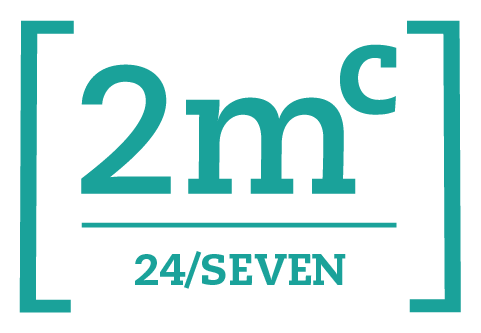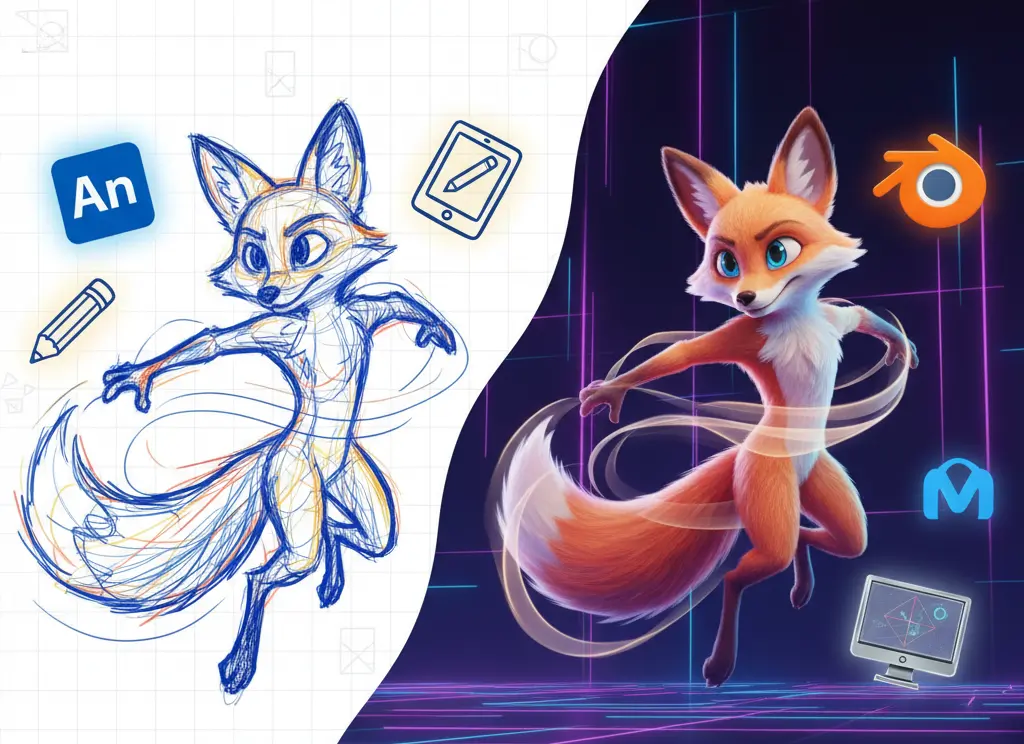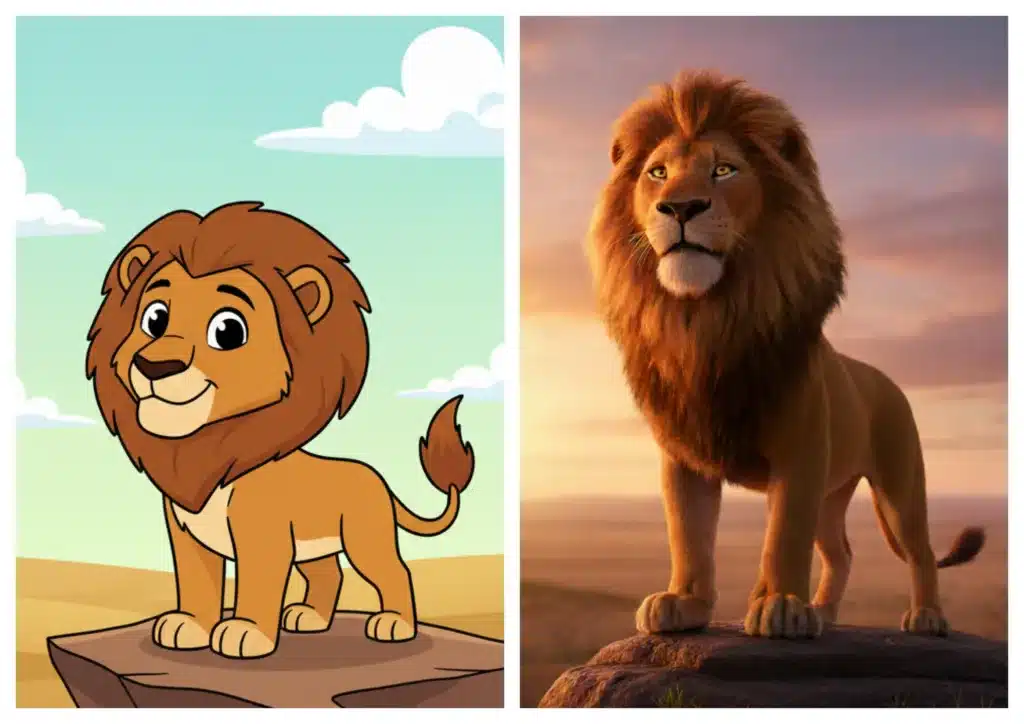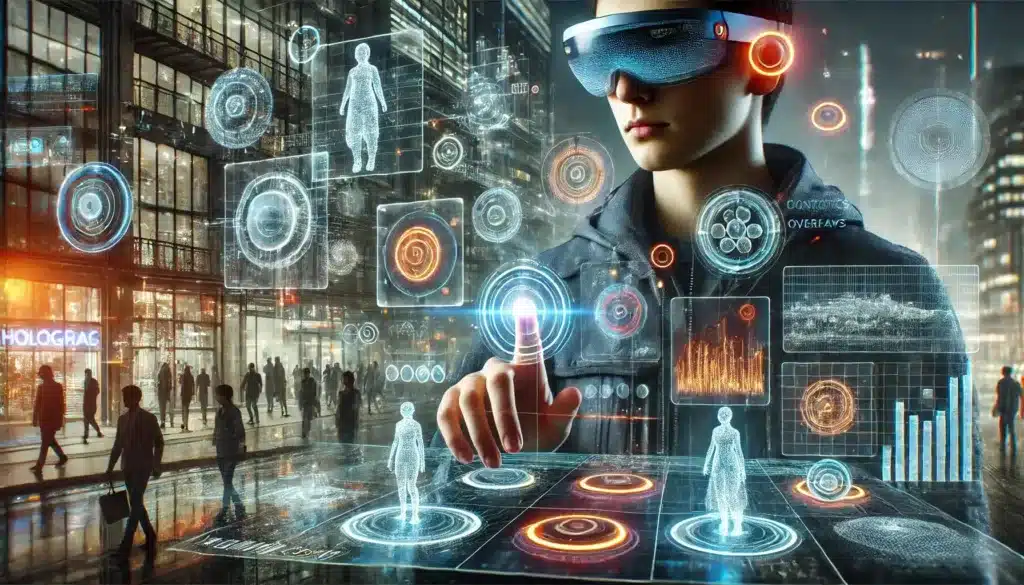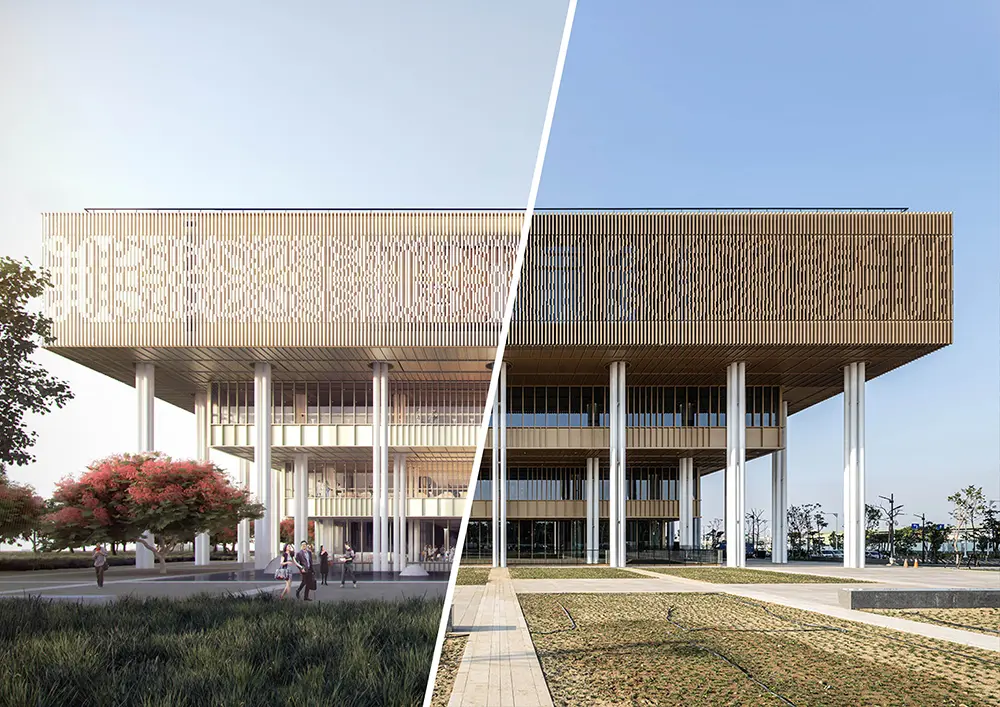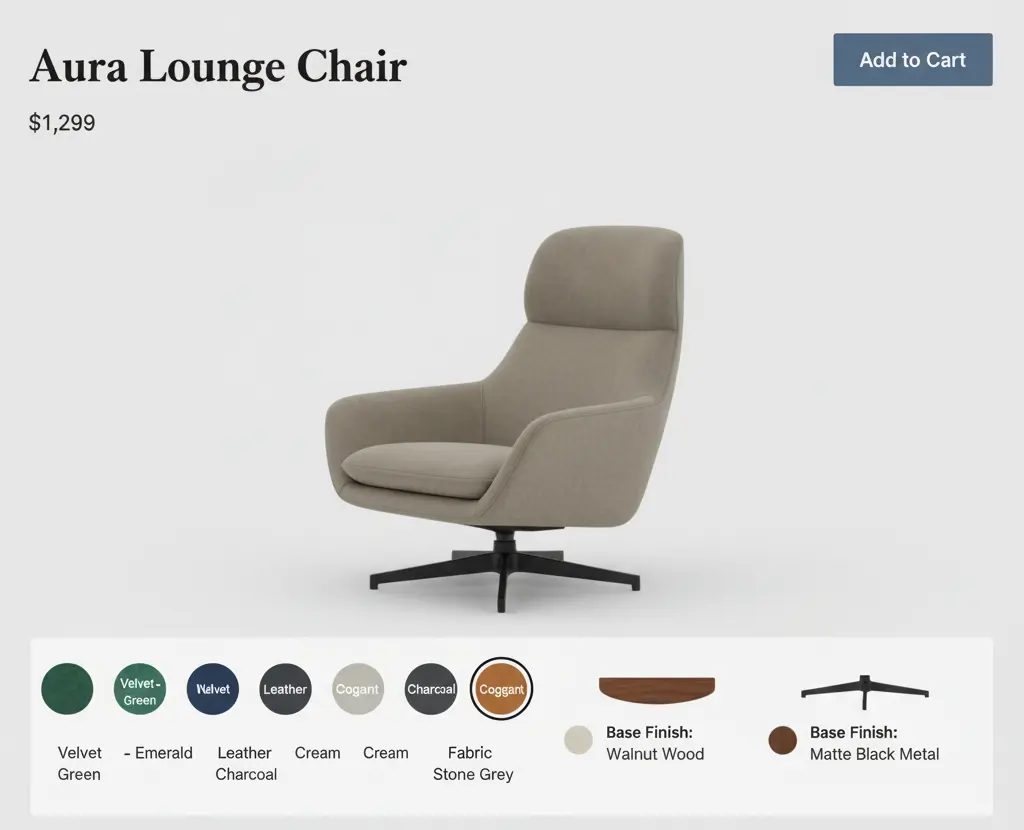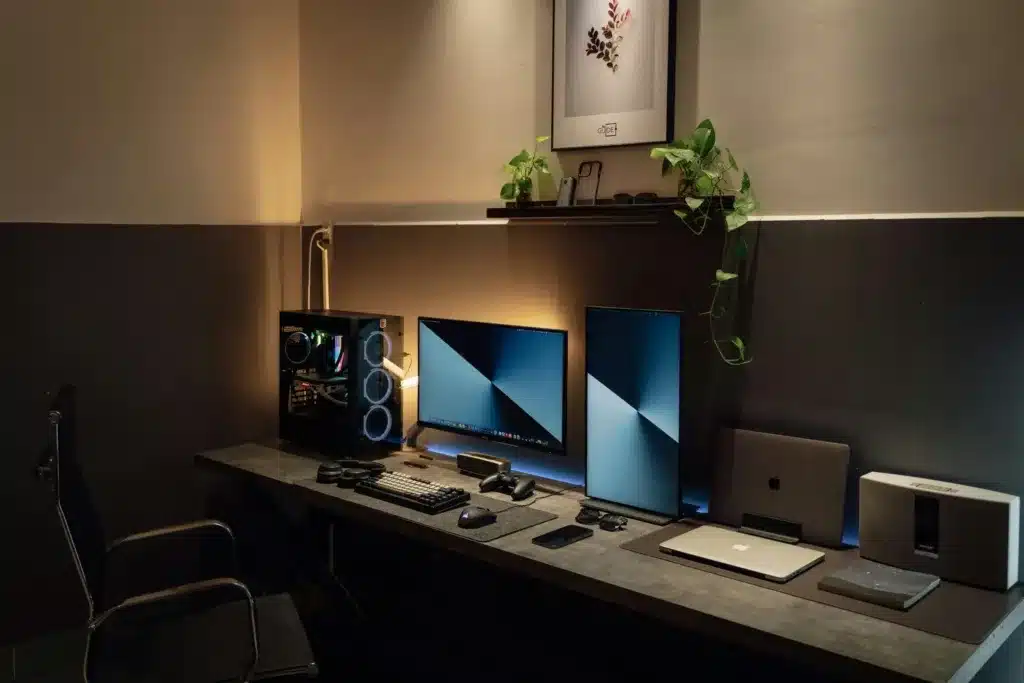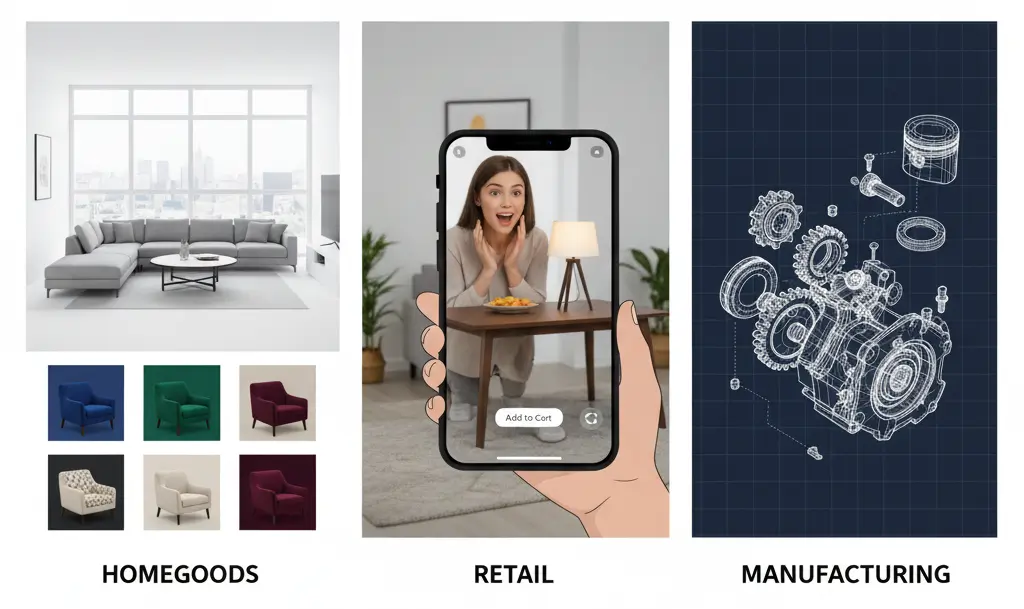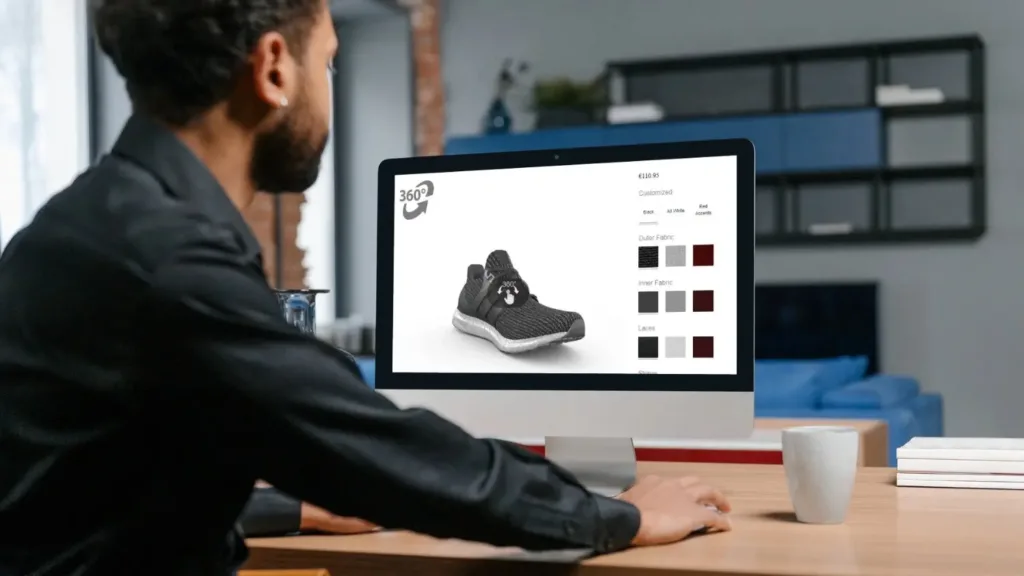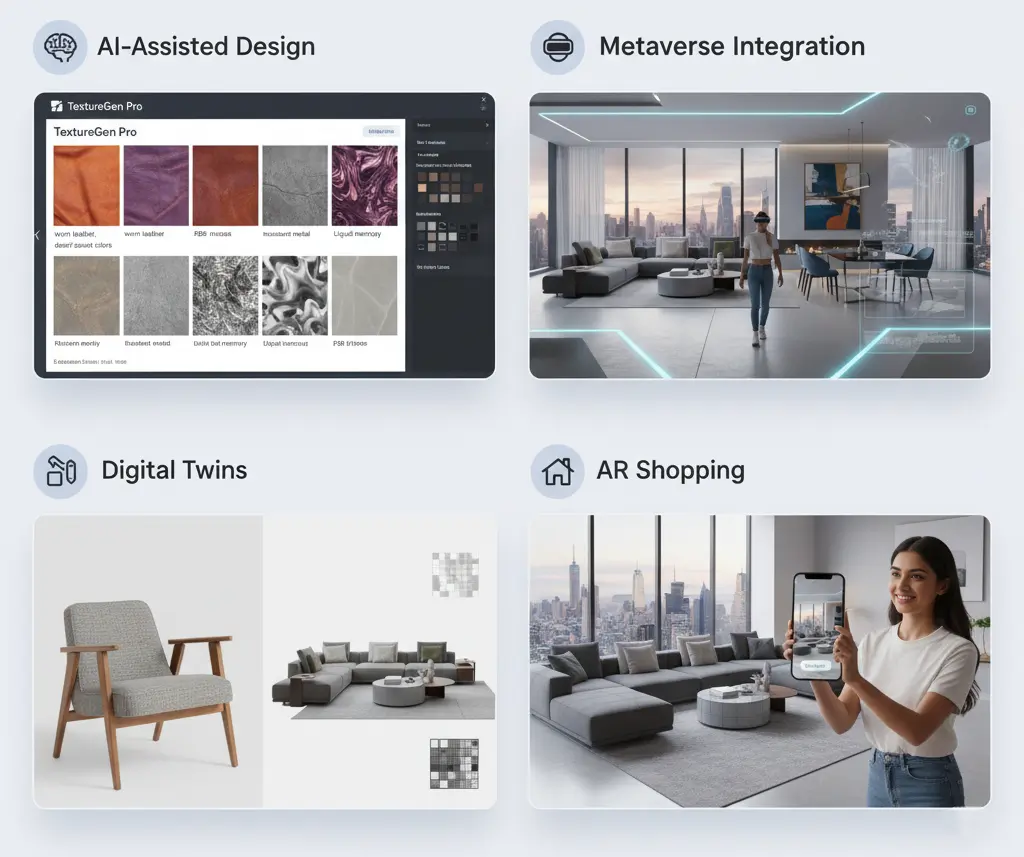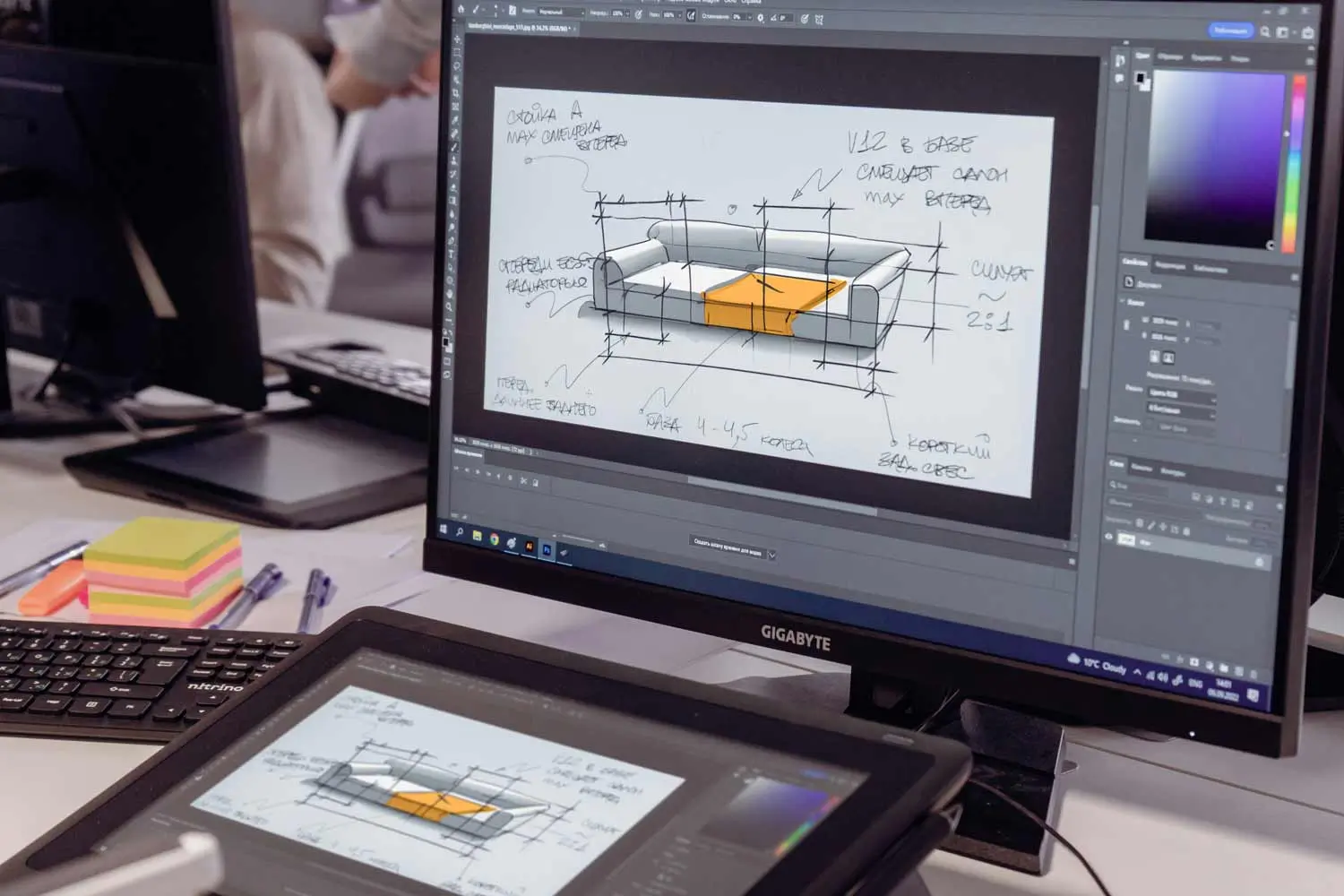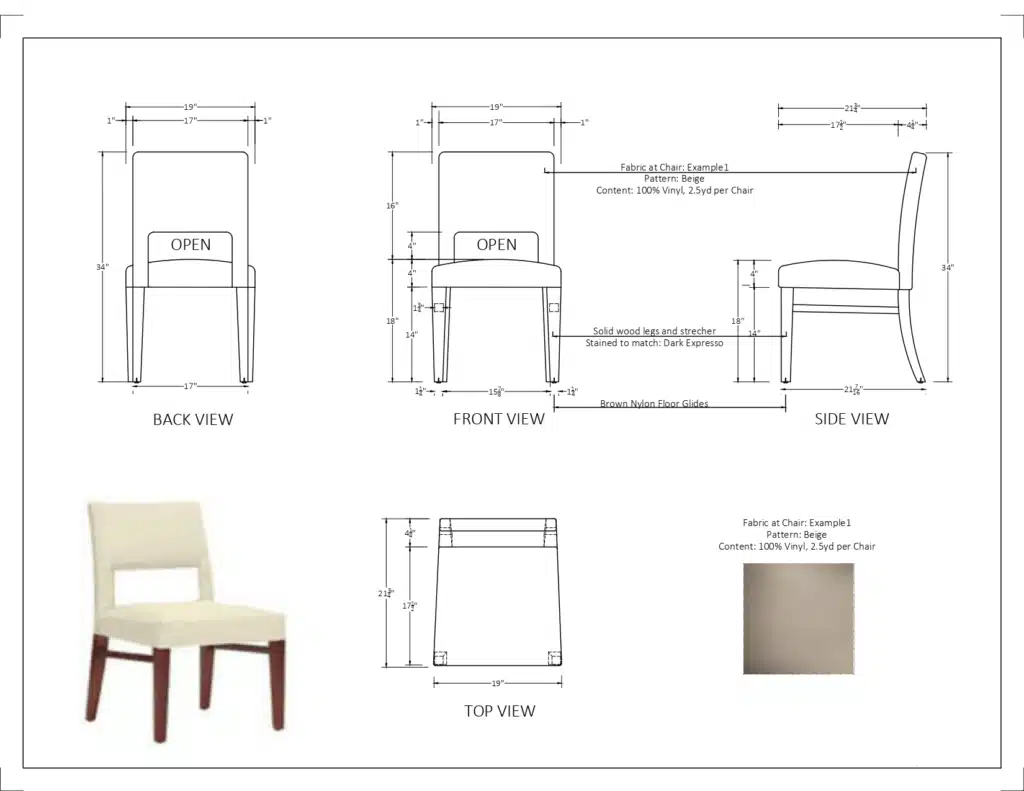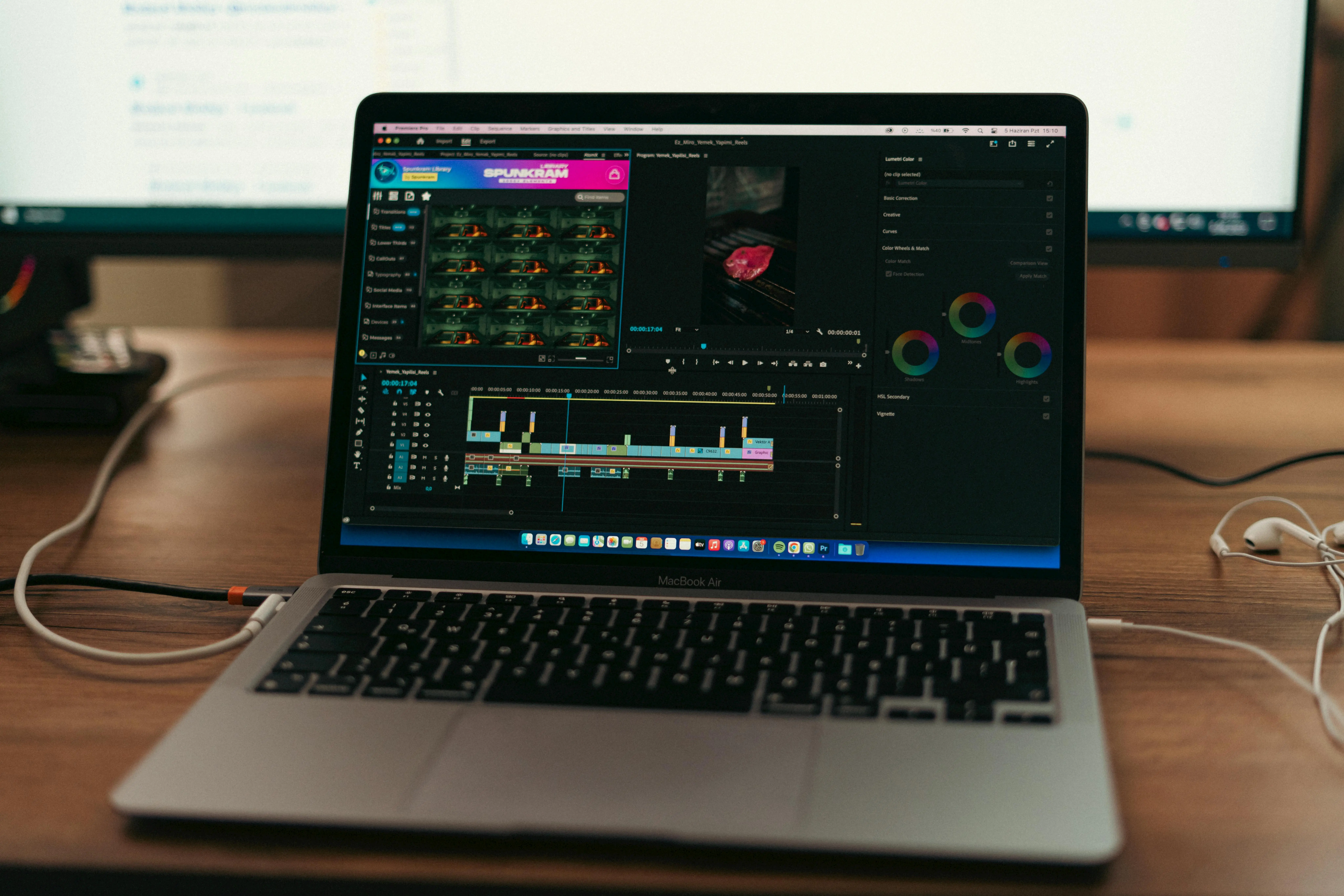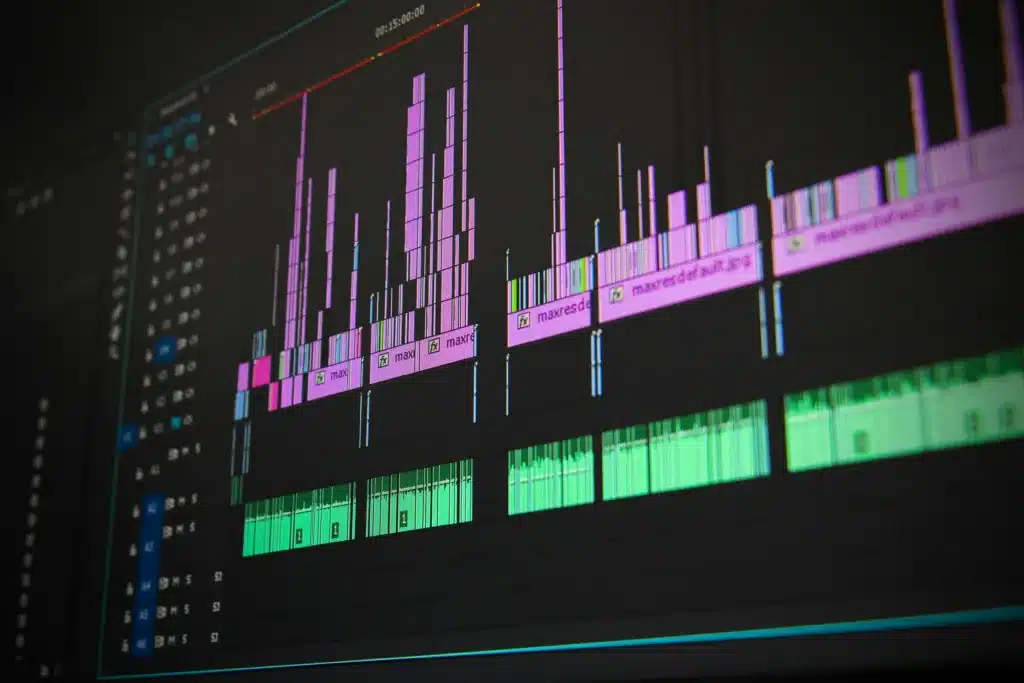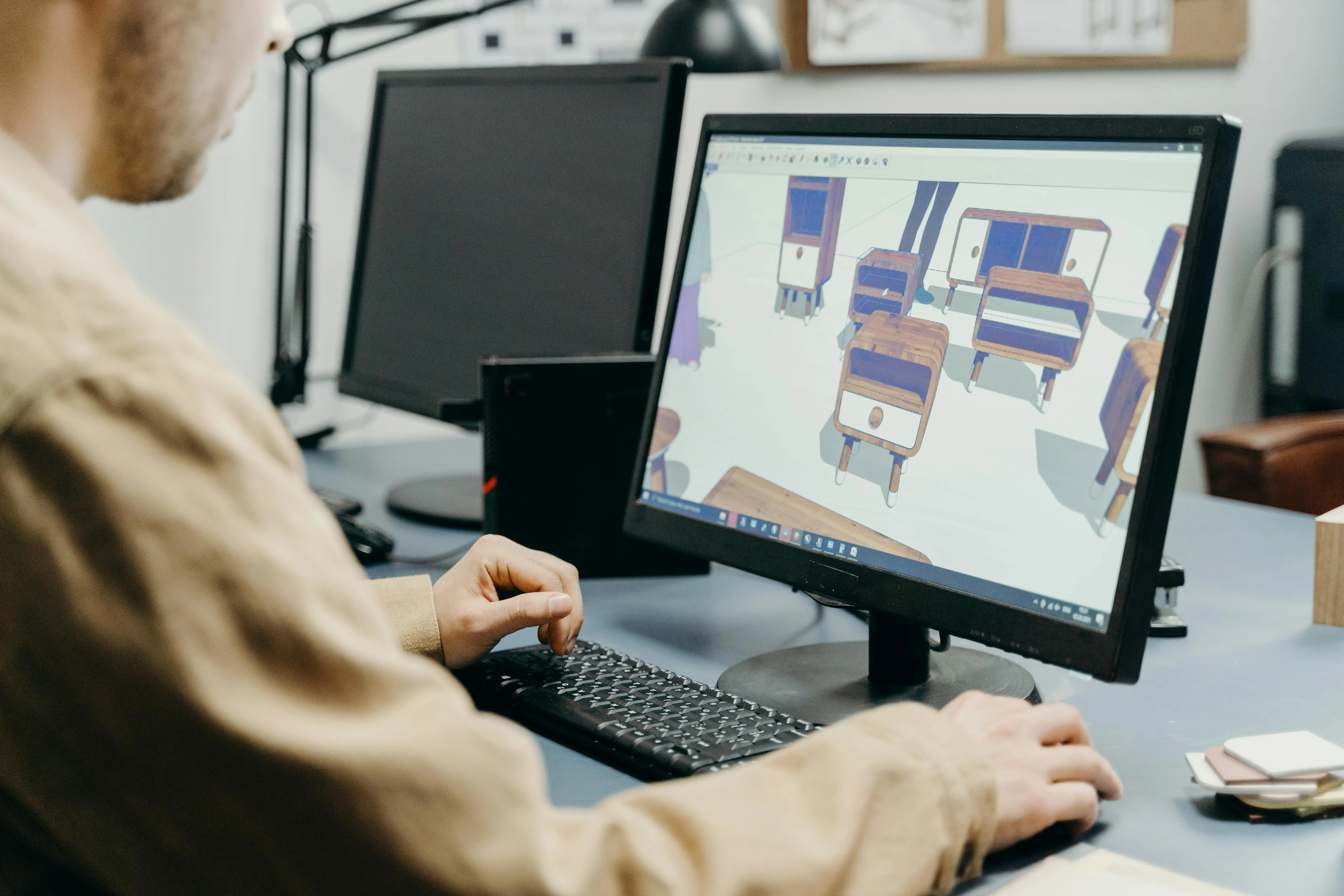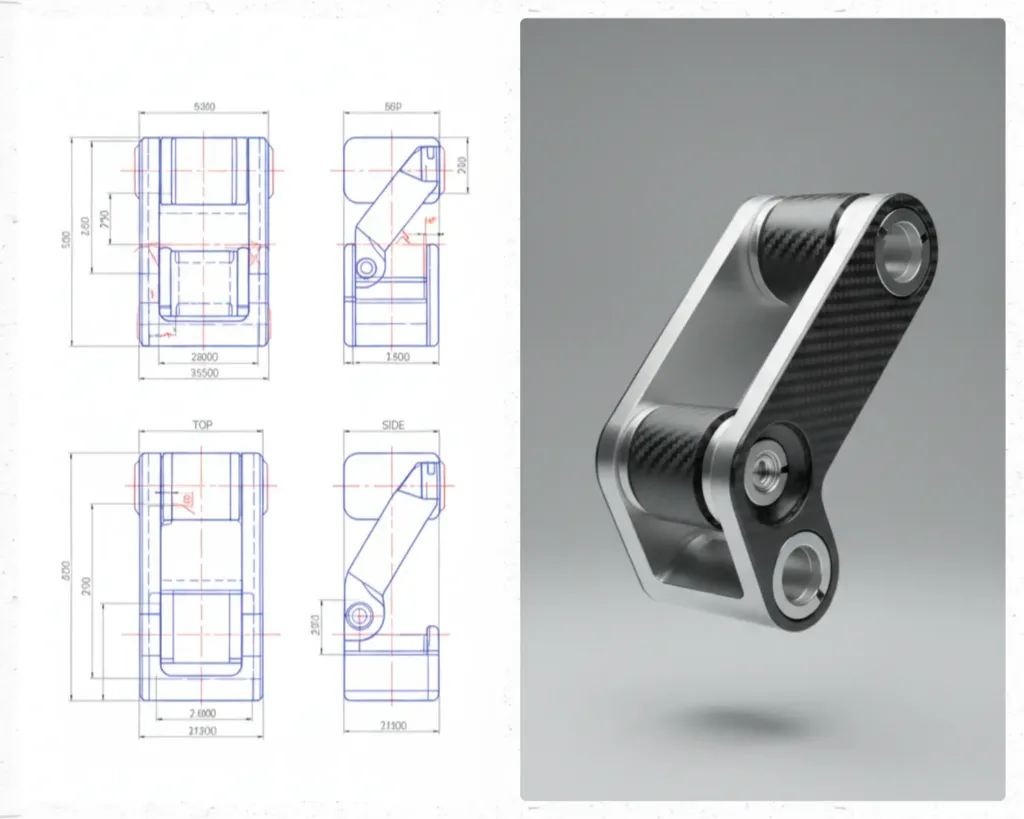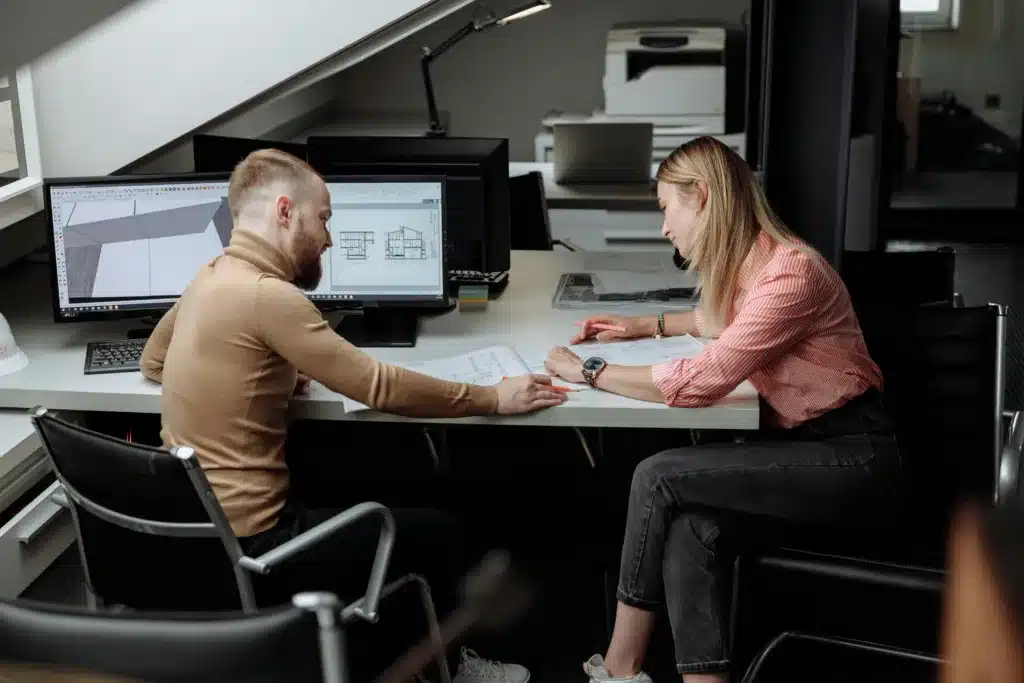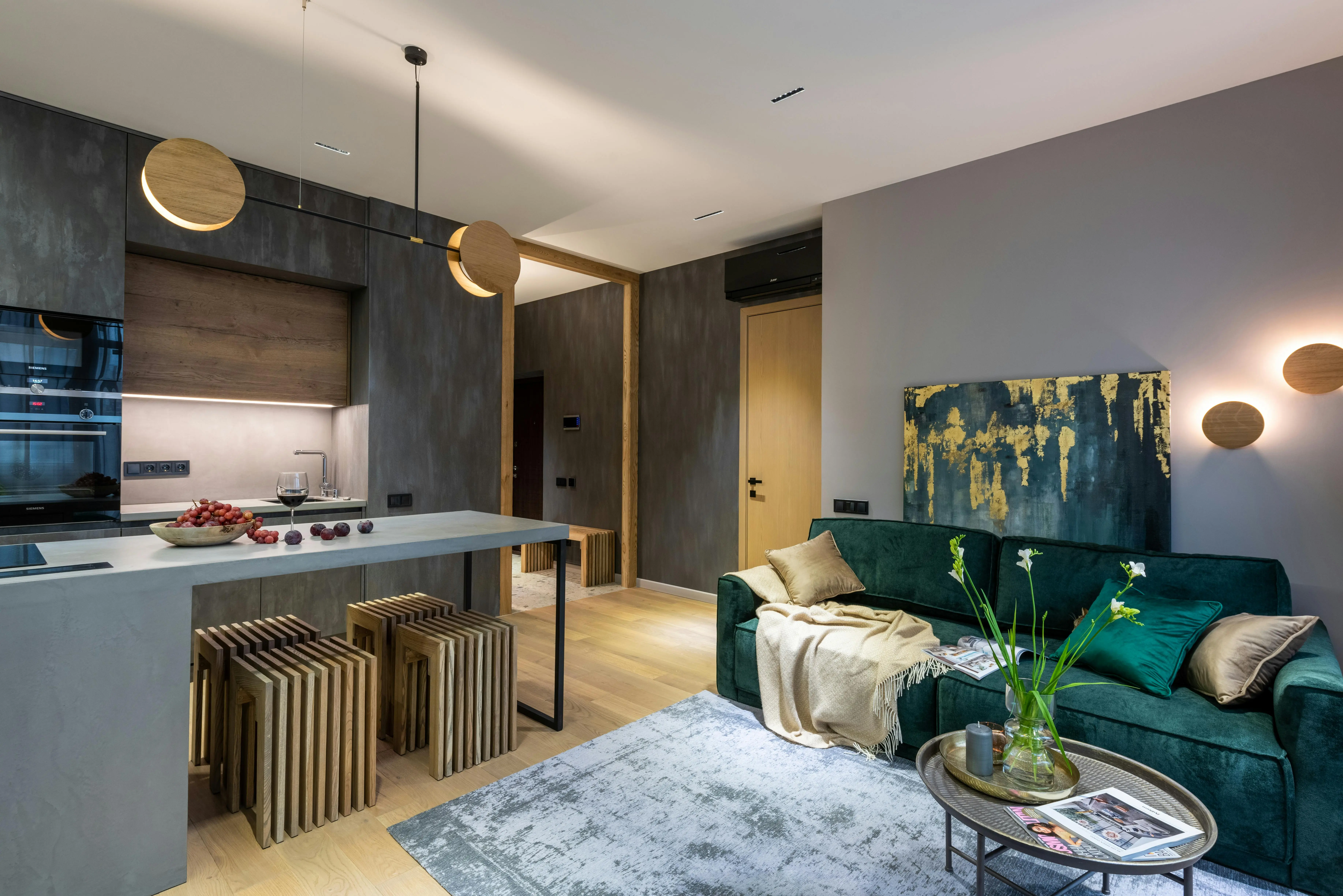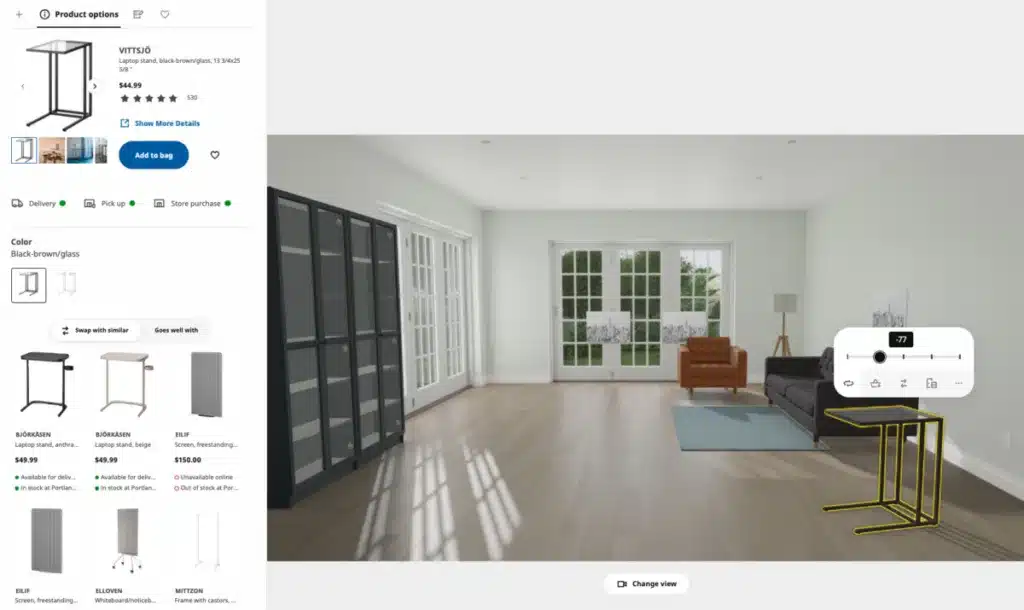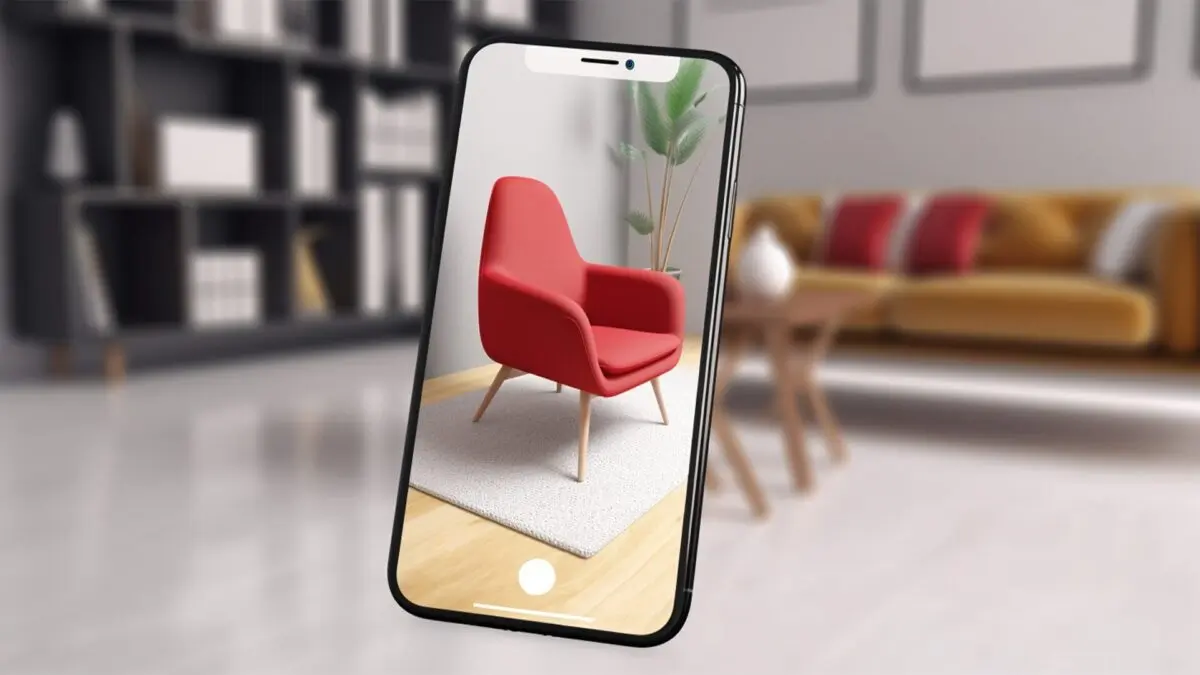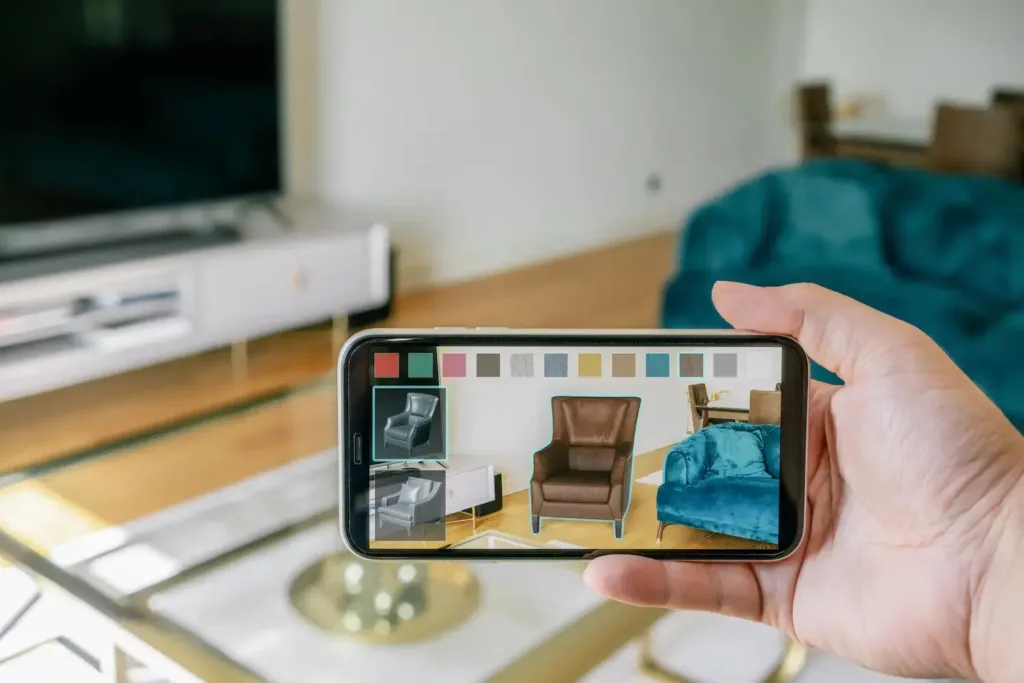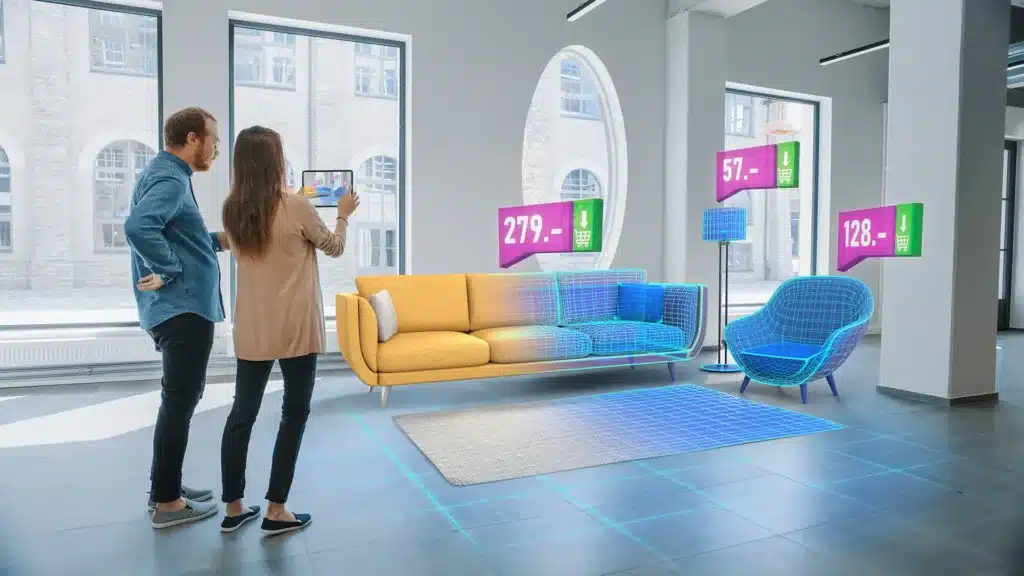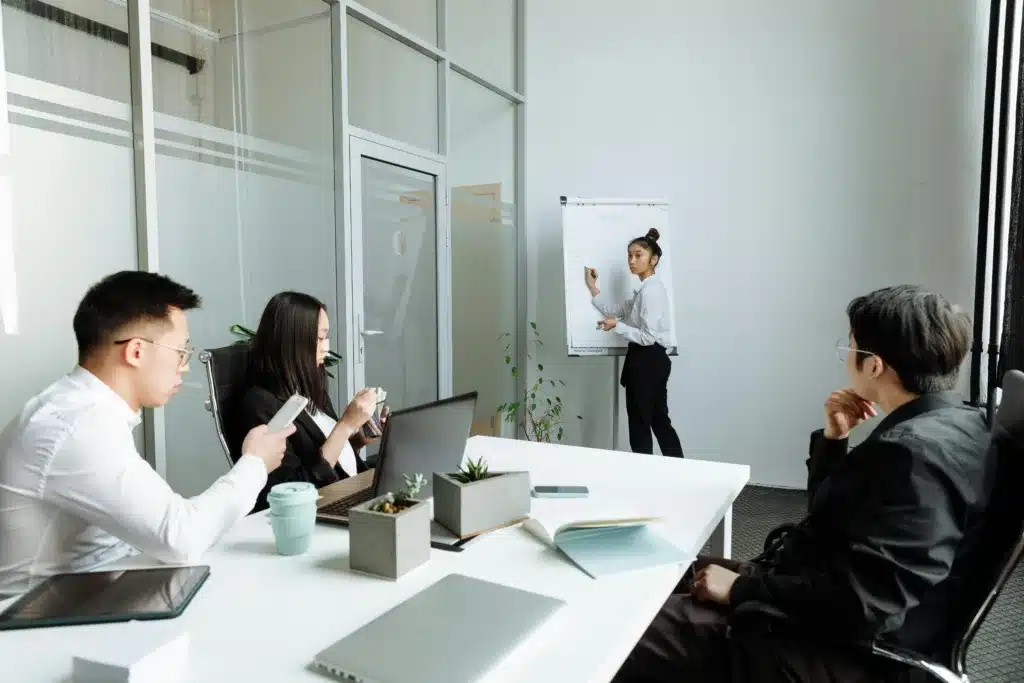2MC 24/7 understands that in today’s hyper-competitive digital landscape, visual storytelling has become essential. According to HubSpot’s visual marketing trends report, 91% of marketers say visuals are their most important content type for driving engagement. Businesses need more than ordinary visuals, they need experiences that captivate, persuade, and convert. That’s exactly why CGI for business has become one of the most powerful marketing tools of the decade. Unlike traditional photography or basic graphics, CGI (Computer-Generated Imagery) gives brands the freedom to create hyper-realistic visuals, futuristic environments, and fully interactive experiences that showcase products in the most compelling way possible.
From 3D product visualization and motion graphics to virtual showrooms and personalized customer journeys, CGI allows businesses to present their offerings with precision, emotion, and impact. Whether you’re selling physical products, digital services, or complex concepts, CGI can bring your vision to life and turn viewers into loyal customers.
In this in-depth guide, we’ll explore exactly how CGI for business transforms marketing, increases engagement, cuts costs, and boosts sales, while giving you a major competitive edge.
Why CGI for Business Matters (New, Improved, Sales-Driven)
CGI for business is not just a creative tool, it’s a strategic weapon for brands that want to stand out, scale visibility, and convert more customers. Traditional photography and static visuals can only go so far. CGI breaks every limitation by giving businesses the power to design any scene, any product configuration, any environment, and present it in the most stunning, high-impact way possible.
With CGI, brands can:
- Tell stories that trigger emotion and curiosity.
- Create visuals that look 100% real, without physical products or photoshoots.
- Showcase multiple variations (colors, features, environments) instantly.
- Personalize the experience for each customer.
- Deliver interactive, immersive content across all platforms.
CGI blends creativity and technology to produce content that doesn’t just look good, but SELLS!
Key Benefits of Using CGI for Business Growth
Captures Attention with Stunning, Hyper-Realistic Visuals
In a world flooded with content, average visuals get ignored. CGI allows businesses to create high-definition, lifelike imagery that instantly grabs attention and stops the scroll. Whether you’re showcasing a product, service, or concept, CGI brings visuals to life in ways traditional photography simply cannot.
Evokes Emotion and Builds Brand Desire
Great marketing isn’t just seen, it’s felt. CGI for business enables you to develop imaginative, futuristic, or aspirational scenes that connect emotionally with customers. You can create environments that reflect your brand personality and trigger powerful emotions like excitement, curiosity, and trust.
Reduces Costs Compared to Traditional Photoshoots
Physical photoshoots can be expensive, time-consuming, and limited by logistics. CGI eliminates the need for:
- Studio rental
- Photographers
- Set design
- Product shipping or prototypes
Once a 3D model is created, you can reuse it infinitely, change colors, angles, environments, and lighting, without the extra cost.
Showcases Products in Any Setting or Variation
Product not built yet? No problem. Want to show 20 color options? Easy. Want to place your product in a luxury penthouse or on Mars? Done.
CGI gives businesses complete creative freedom to display products in the most compelling way possible, without any limitations. So feel free to let your imagination run wild.
Enables Immersive Motion Graphics & Animations
Modern audiences prefer dynamic storytelling. Motionographer showcases how motion design transforms static products into cinematic experiences that drive engagement.
Static images are good. Motion graphics are unforgettable. CGI allows you to create:
- Animated product demos
- Explainer videos
- Feature breakdowns
- Interactive 360° views
These formats increase engagement, boost understanding, and improve retention, especially for complex products.
Personalizes the Customer Experience
Modern consumers expect personalized visuals. CGI makes customization effortless, allowing users to:
- Input preferences
- Preview colors, sizes, features
- See themselves using the product
Whether it’s fashion, furniture, electronics, or cars, CGI turns browsing into a personalized experience that customers love.
Supports Interactive & Virtual Experiences
One of the biggest trends in digital marketing is interactivity. CGI powers:
- Virtual showrooms
- 3D product tours
- Augmented reality previews
- Real-time configurators
These experiences immerse your audience, build curiosity, and make your brand stand out.
Scales Across All Marketing Channels
CGI content can be used everywhere, such as:
- Websites & landing pages
- Social media (Instagram, TikTok, YouTube)
- Email campaigns
- E-commerce platforms
- Digital ads
- Print and outdoor media
Unlike photos, CGI visuals remain consistent, polished, and easy to adapt to any format or platform.
5 Proven Ways to Use CGI to Grow Pipeline & Revenue
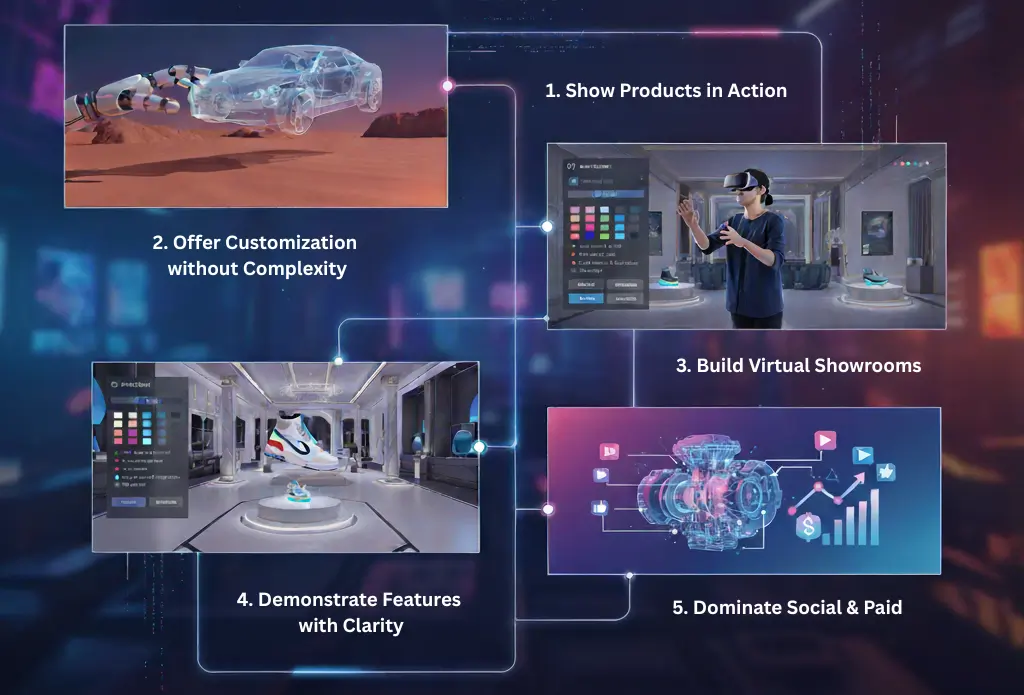
1. Show Products in Action
Bring your products to life by demonstrating how they function in real-world environments. Whether it’s industrial machinery operating in a factory, a sleek interface on a smart device, or elegant furniture styled in a modern living room, CGI lets customers instantly visualize use and value. This dynamic storytelling helps potential buyers understand complex products faster and builds confidence before they even make contact with sales.
2. Offer Customization Without Complexity
Empower buyers to personalize products without overwhelming them. With real-time CGI configurators, customers can change dimensions, materials, and finishes to create their ideal version of your product. This interactivity not only boosts engagement but also reduces order errors, minimizes returns, and increases average order value. The result: a smoother buying journey that feels effortless and memorable.
3. Build Virtual Showrooms
Transform your online presence into an immersive, interactive experience. Virtual showrooms created with CGI allow customers to explore product lines, zoom in on intricate details, and compare models, all without leaving their browser. It’s an innovative way for both D2C and B2B brands to replicate the in-store experience digitally, helping prospects engage longer and move closer to conversion.
4. Demonstrate Features with Clarity
Show what traditional cameras can’t capture. CGI advertising and explainers are perfect for visualizing internal mechanisms, safety features, and software interactions in crystal-clear detail. By breaking down complex ideas into simple, visually stunning scenes, you enhance understanding, reduce support inquiries, and position your brand as a leader in transparency and innovation.
5. Dominate Social & Paid
Maximize engagement and ROI on your marketing spend with high-impact CGI motion graphics. Short, looping animations consistently outperform static creatives across Instagram, TikTok, LinkedIn, and YouTube. They’re ideal for grabbing attention at the Top of the Funnel (TOFU) and re-engaging warm leads at the Middle of the Funnel (MOFU). CGI content makes your ads scroll-stopping, your brand unforgettable, and your pipeline unstoppable.
How CGI Visualizations Are Made (Step‑by‑Step)
1. Concept & Script
Every great visualization starts with a clear creative direction. The team defines the target audience, outlines the core message and value propositions, and establishes key performance indicators (KPIs) for success. Storyboards and style frames are created to visualize tone, pacing, and emotional impact. This stage ensures the CGI aligns with brand strategy and campaign goals before any modeling begins.
2. 3D Modeling
Next, the visual foundation is built through precise 3D modeling. Artists create accurate geometry and proportions using CAD data, engineering drawings, sketches, or 3D scans. The goal is to translate technical or conceptual information into a digital asset that looks authentic and production-ready. Complex details such as surface contours, joints, and mechanical parts that are carefully crafted for realism and scalability.
3. Texturing & Materials
With the base models complete, surfaces come to life. Artists apply textures and material shaders that mimic real-world finishes: brushed metals, transparent glass, soft fabrics, and polished plastics. This process involves balancing physical accuracy with artistic intent, ensuring that materials behave correctly under light while reinforcing the brand’s visual style.
4. Lighting & Cameras
Lighting and camera work define the emotional and commercial tone of the CGI. The team designs lighting setups to highlight product features, enhance reflections, and set the desired mood, whether cinematic, lifestyle, or technical. Camera placement and movement are planned to emphasize hero angles, storytelling beats, and dynamic compositions that resonate with viewers.
5. Rendering
Once the scene is finalized, it’s time to render. High-resolution images or animations are generated using optimized rendering pipelines that balance speed, quality, and realism. Advanced techniques such as global illumination, ray tracing, and GPU acceleration ensure lifelike results with crisp details and accurate lighting interactions.
6. Compositing & Post
In post-production, rendered passes are combined and enhanced. Artists refine color grading, depth of field, motion blur, and visual effects (VFX) to achieve a polished cinematic look. Additional graphics, titles, and branding elements are overlaid, while platform-specific edits such as aspect ratios or duration cuts that are prepared for different media channels.
7. Versioning & Localization
Finally, the project scales. The team produces multiple versions for various markets, retailers, and digital platforms. This includes localized language variants, different colorways, or modified packaging. Automated workflows ensure consistency across formats while enabling rapid delivery to global campaigns.
From concept to completion, each stage builds upon the last to create high-impact CGI visuals that are both emotionally engaging and technically precise. The final output is a suite of photorealistic images, animations, and digital assets ready to elevate campaigns, boost conversions, and communicate complex ideas with clarity and style.
Whether it’s for advertising, product visualization, or immersive brand storytelling, the process delivers visuals that don’t just look real, they make people believe.
Industry Applications (What Success Looks Like)
Fashion & Apparel
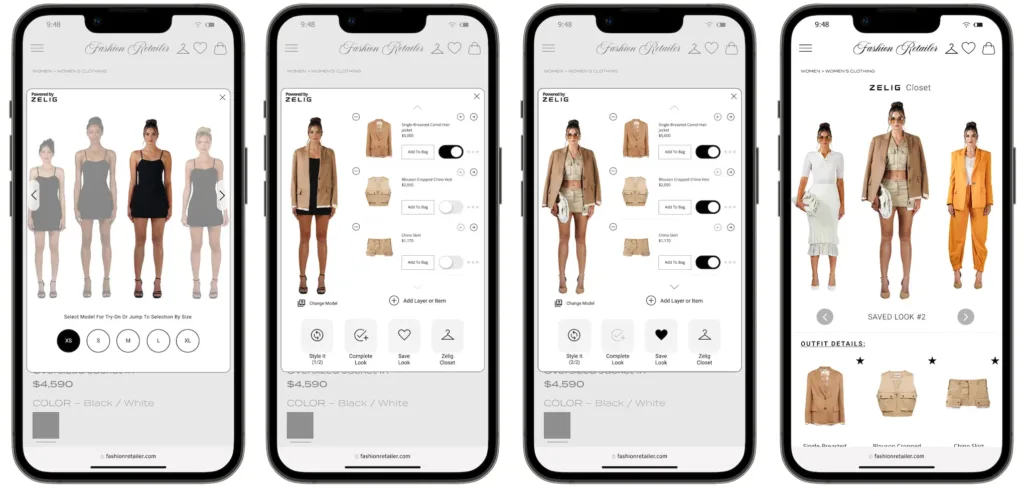
Say goodbye to sample costs and slow photo shoots. With virtual try-on experiences, interactive lookbooks, and hyper-realistic digital fabrics, fashion brands can showcase every colorway, texture, and fit in minutes. Launch new collections faster, personalize the shopping journey, and give customers the confidence to click “Add to cart.”
Home Furnishings
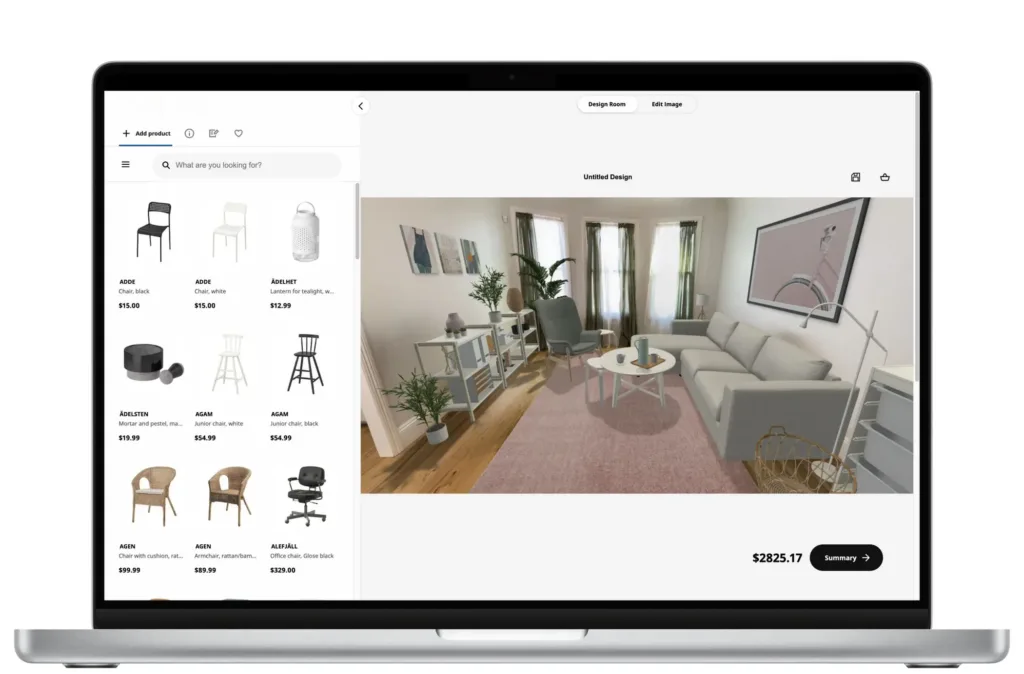
In home décor, inspiration is everything. Styled virtual rooms and 3D product visualizations let shoppers see how every sofa, rug, or lamp fits into their space, before they buy. With photoreal visuals for every SKU, brands can deliver endless style combinations and drive ecommerce conversions with confidence.
Consumer Electronics
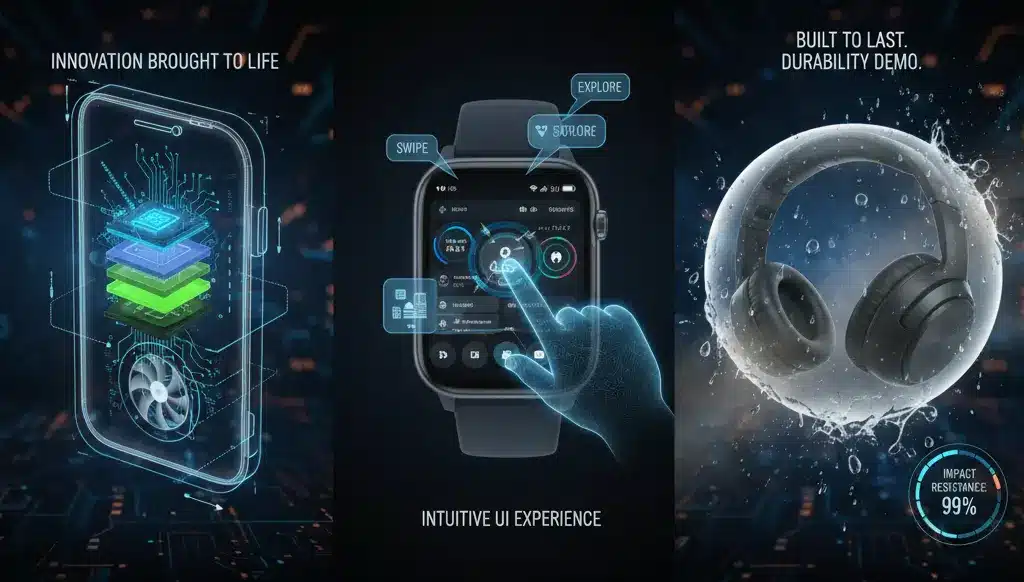
Bring innovation to life! Create animated cutaways, UI walkthroughs, and durability demos that reveal what’s inside the tech. These visuals turn complex features into compelling stories that build trust, understanding, and excitement long before a product hits the shelves.
Automotive & Mobility
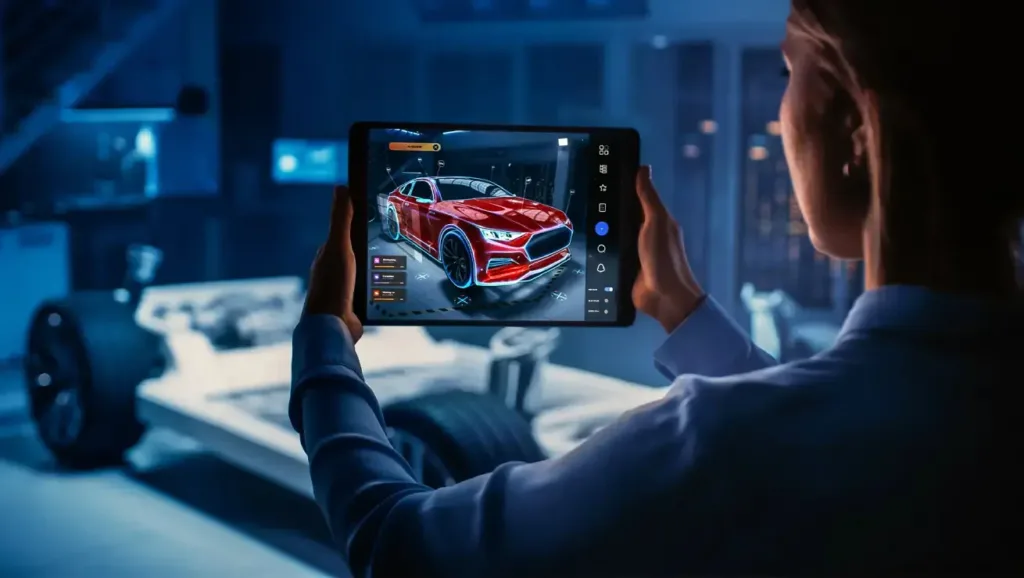
Give customers the wheel. Interactive configurators, trim and package selectors, and lighting or motion sequences let every shopper build their dream car in real time. Swap backgrounds from cityscapes to mountain roads, and craft cinematic experiences that make every model unforgettable.
Real Estate & Architecture
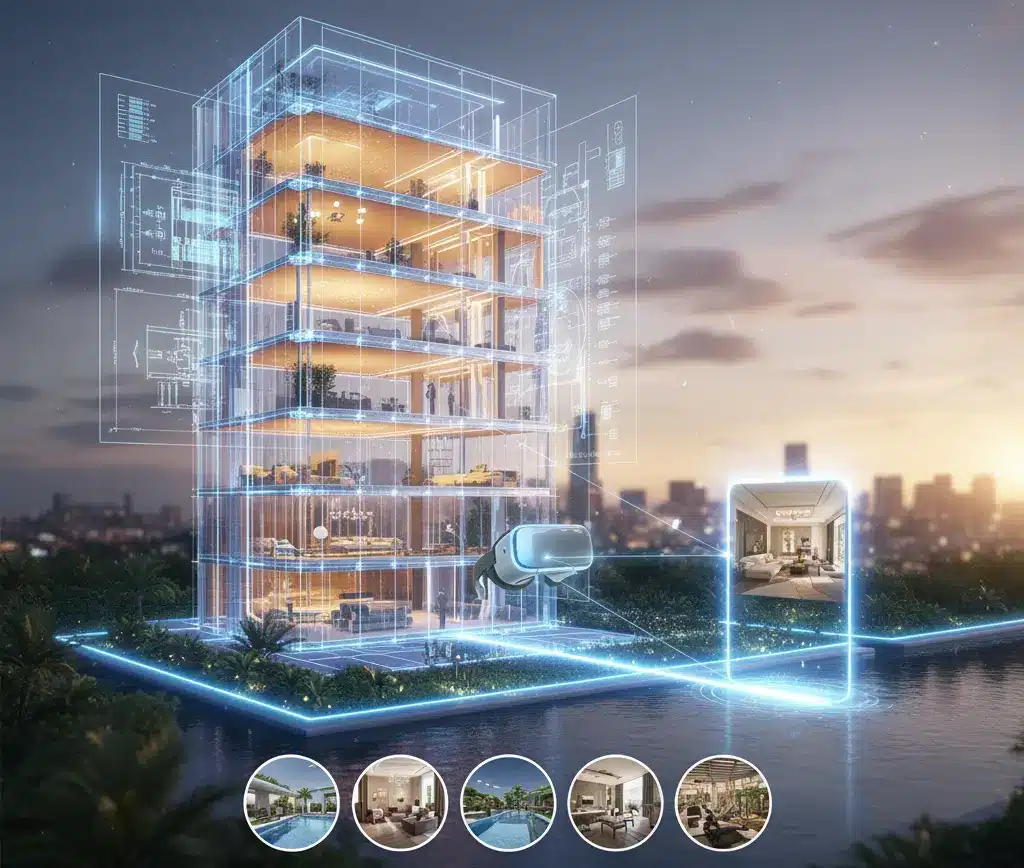
Turn blueprints into breathtaking experiences. With architectural visualization, virtual walkthroughs, and amenity showcases, developers can attract buyers even before construction begins. Every render becomes an invitation to imagine life inside the space.
Industrial & Manufacturing
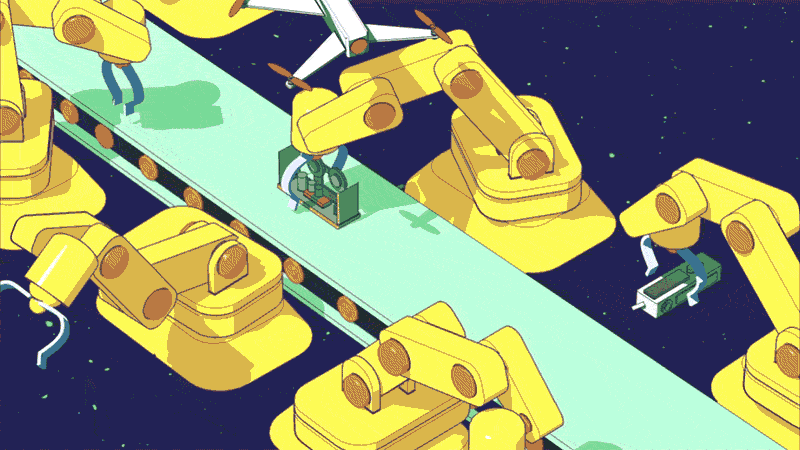
Simplify the complex with how-it-works animations, safety simulations, and maintenance visualizations that elevate B2B storytelling. Transform machinery, workflows, and engineering feats into clear, engaging visuals that drive understanding and deals.
Across every industry, digital visualization is changing the way we connect with audiences. Whether it’s a new collection, a new model, or a new idea, the right visuals turn imagination into impact.
Moving Forward
CGI for Business revolutionizes the way you launch, market, and sell your products. We create photorealistic visuals, immersive interactive experiences, and always-on content, all at a fraction of traditional production costs.
With 2MC 24/7, you gain more than visuals, you gain a scalable creative pipeline designed to accelerate growth, boost engagement, and shorten your time to market. From concept to campaign, we help you tell stories that captivate, convert, and drive results.
If you’re ready to elevate your brand with high-impact visuals that work seamlessly across every channel, send us a message today and see what’s possible. 2MC 24/7 is here to help you build visuals that sell today, tomorrow, and at every stage of your funnel.
